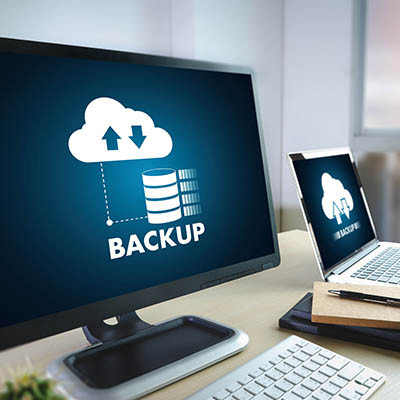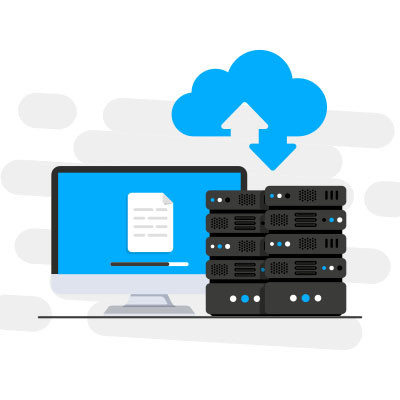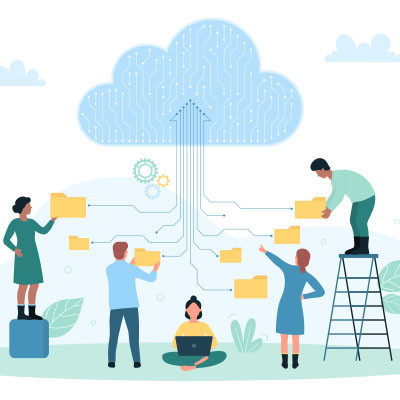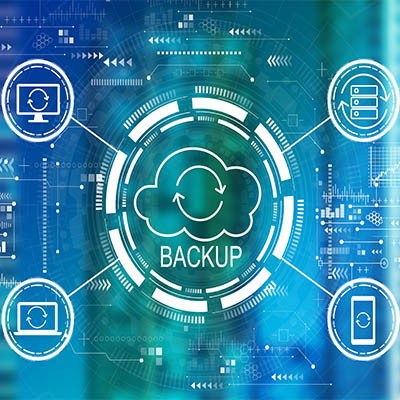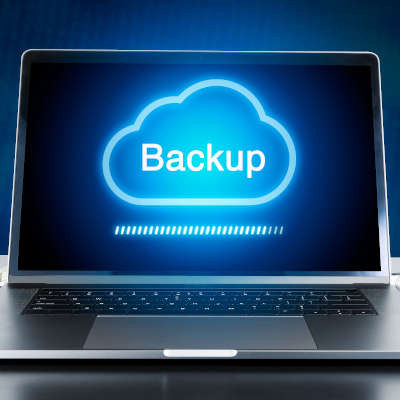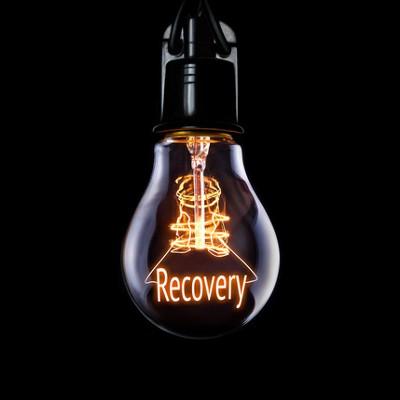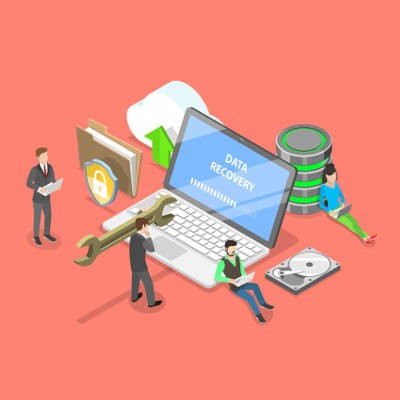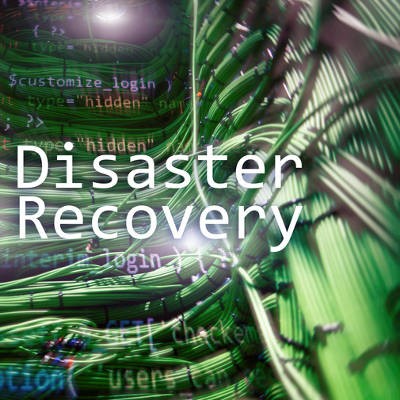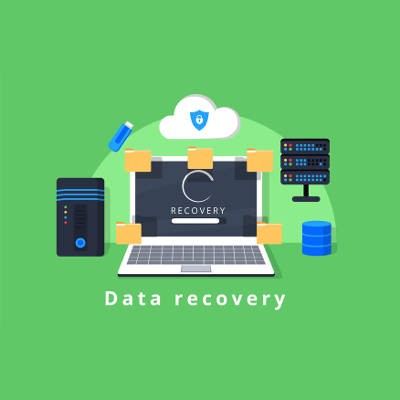Data backup. Nobody wants to think about it until it’s too late to do anything about it. While no business ever hopes that they will be struck by a data loss incident, no business will ever regret implementing a backup on the off-chance that they ever suffer from a worst-case scenario. What are some of the most important parts of a data backup and business continuity system? We’ll start with Recovery Point Objective and Recovery Time Objective.
While they might sound similar, RPO and RTO are two very different things that work toward the same ultimate goal of sustaining your business’ continuity in the event of some catastrophe.
Recovery Point Objective
When you picture your business suffering from a data loss incident, just how much data do you see yourself losing? Whether it’s a considerable amount of data or just a couple of files, we want you under the impression that no amount of data loss is acceptable for your business--particularly because you can never know if that information will be restored again or not in the future. Your ultimate goal should be to minimize data loss by any means necessary, which leads us into the recovery point objective.
Basically, the Recovery Point Objective is a designated amount of data that your organization aims to restore in the event of a disaster. It’s ideally 100%, and most modern backup solutions will help you reach this threshold. Incremental backups like those taken with a comprehensive Backup and Disaster Recovery (BDR) solution can help you toward this end.
Recovery Time Objective
The other half of BDR consists of the recovery time objective. How long does it take your business to recover in the event of a disaster? The idea is to minimize this time, as downtime can be both expensive and risky for your organization. Any time when your business isn’t functioning as intended due to data loss or otherwise constitutes downtime, and situations like these are costly--meaning that you should minimize them as often as possible.
Business continuity needs a minimal recovery time objective so that you can get right back in action following a data loss incident. The best way to accomplish this is through a Backup and Disaster Recovery (BDR) solution from Telesys IT Services. You can minimize data loss and restore your data backups directly to a temporary device so that your business doesn’t have to wait any longer than needed to get back in action. To learn more, reach out to us at (817) 590-9339.

